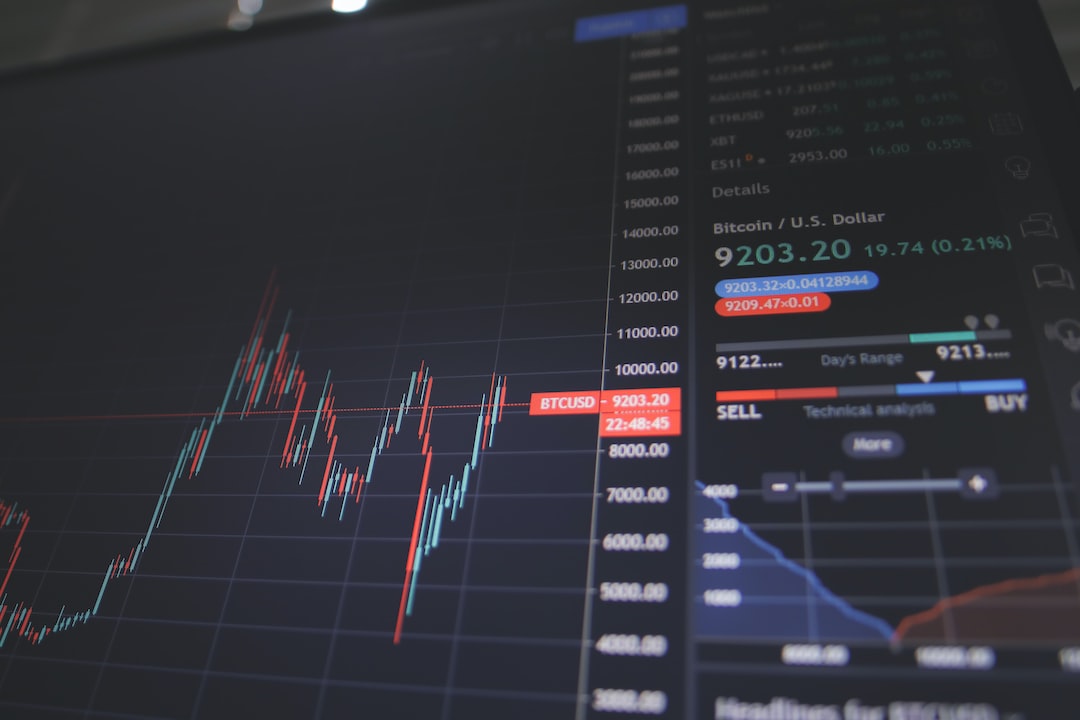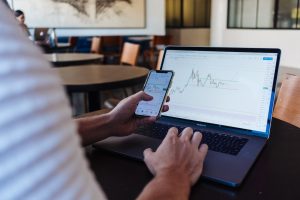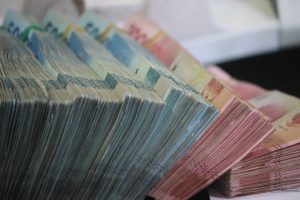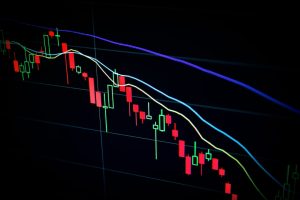Forex trading is a popular investment option among traders worldwide. It is a decentralized market where currencies are traded 24/7. One of the key factors that can have a significant impact on your trading is leverage. Leverage enables traders to trade larger positions than they would be able to with their own capital. However, it is important to use leverage wisely to avoid excessive risks. In this article, we will discuss the best leverage price to trade forex.
What is leverage?
Leverage is a tool that allows traders to increase their exposure to the market. It enables traders to open positions that are larger than their trading account’s capital. For example, if a trader has a trading account of $1,000 and uses a leverage of 1:100, they can trade up to $100,000. Leverage is expressed as a ratio, such as 1:10, 1:50, 1:100, or higher.
Leverage increases the potential profits and losses of a trade. When used correctly, it can amplify the gains of a profitable trade. However, if the trade goes against the trader, leverage can magnify the losses. Therefore, it is important to use leverage wisely and manage the risks accordingly.
What is the best leverage price to trade forex?
The best leverage price to trade forex depends on various factors, such as the trader’s experience, risk tolerance, and trading strategy. In general, lower leverage ratios are considered safer than higher ones. A leverage of 1:10 or 1:20 is generally recommended for beginners or traders with a low-risk tolerance.
Higher leverage ratios, such as 1:50 or 1:100, are more suitable for experienced traders who have a proven track record of successful trading and can handle higher risks. However, even experienced traders should be cautious when using high leverage, as it can lead to significant losses if the trade goes against them.
It is important to note that leverage is not a one-size-fits-all solution, and traders should choose the leverage ratio that suits their individual needs and trading style. Traders should also consider the volatility of the currency pair they are trading, as highly volatile pairs require lower leverage ratios to manage the risks.
How to manage leverage risks?
Leverage can be a double-edged sword, and traders should be aware of the risks involved. To manage the risks associated with leverage, traders should consider the following tips:
1. Use stop-loss orders: A stop-loss order is a risk management tool that enables traders to limit their losses by automatically closing the trade when the market moves against them. Traders should always use stop-loss orders to limit their losses.
2. Set realistic profit targets: Traders should set realistic profit targets based on their trading strategy and risk tolerance. Setting unrealistic profit targets can lead to overtrading and excessive risks.
3. Diversify your portfolio: Traders should diversify their portfolio by trading multiple currency pairs and using different trading strategies. This can help spread the risks and reduce the impact of a losing trade.
4. Monitor the market: Traders should stay informed about the market conditions and news events that can impact the currency pairs they are trading. This can help them make informed trading decisions and manage the risks associated with leverage.
Conclusion
Leverage is an essential tool for forex traders, but it can also be a high-risk factor if not used wisely. The best leverage price to trade forex depends on various factors, such as the trader’s experience, risk tolerance, and trading strategy. Lower leverage ratios are generally considered safer than higher ones, but traders should choose the leverage ratio that suits their individual needs and trading style. To manage the risks associated with leverage, traders should use stop-loss orders, set realistic profit targets, diversify their portfolio, and stay informed about the market conditions.






